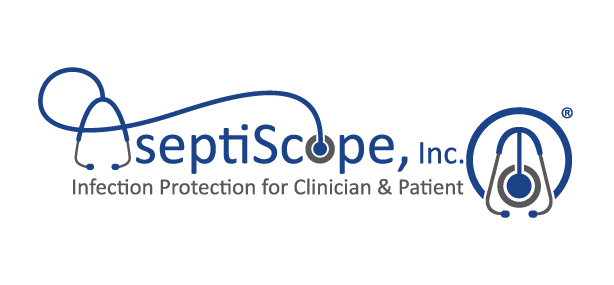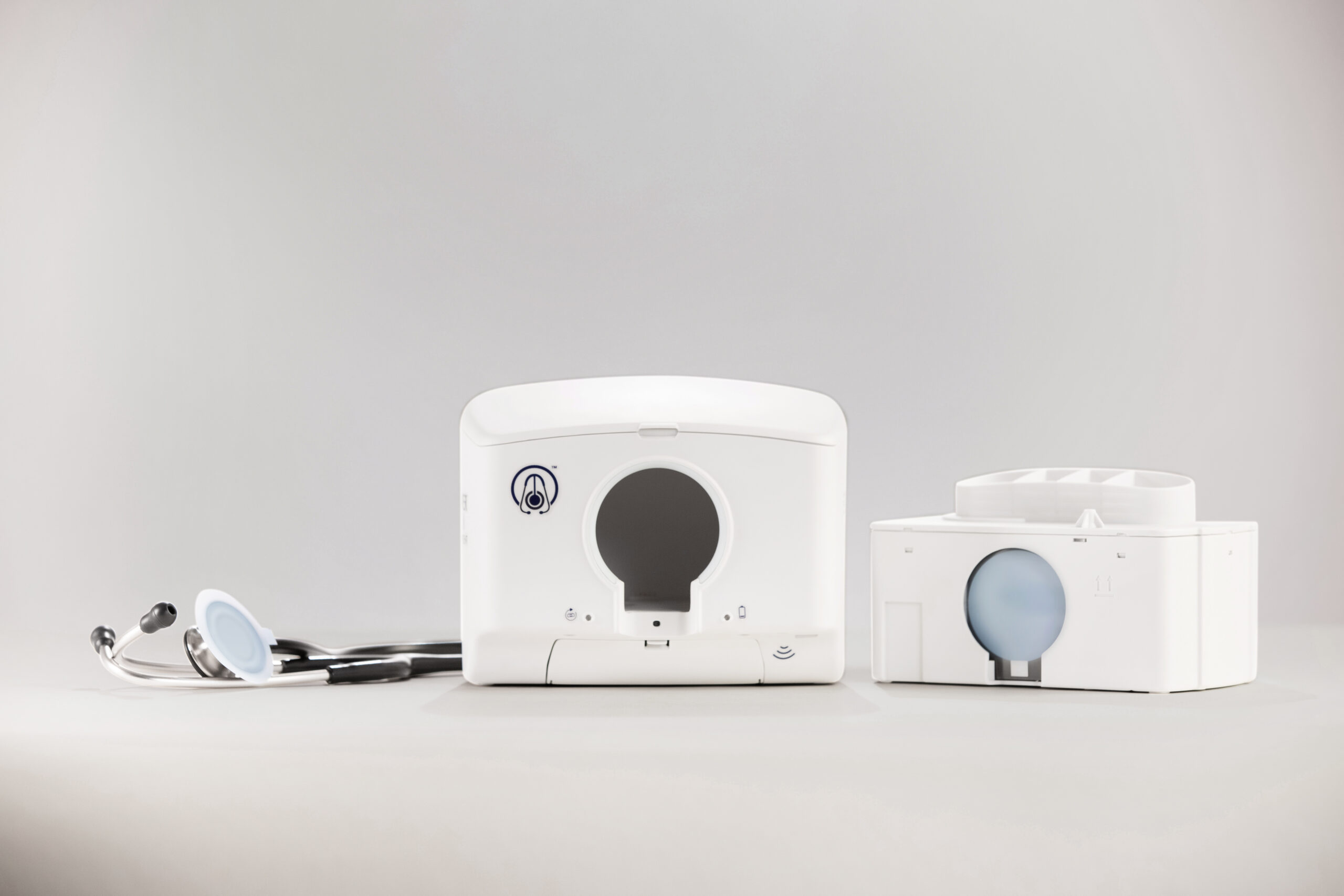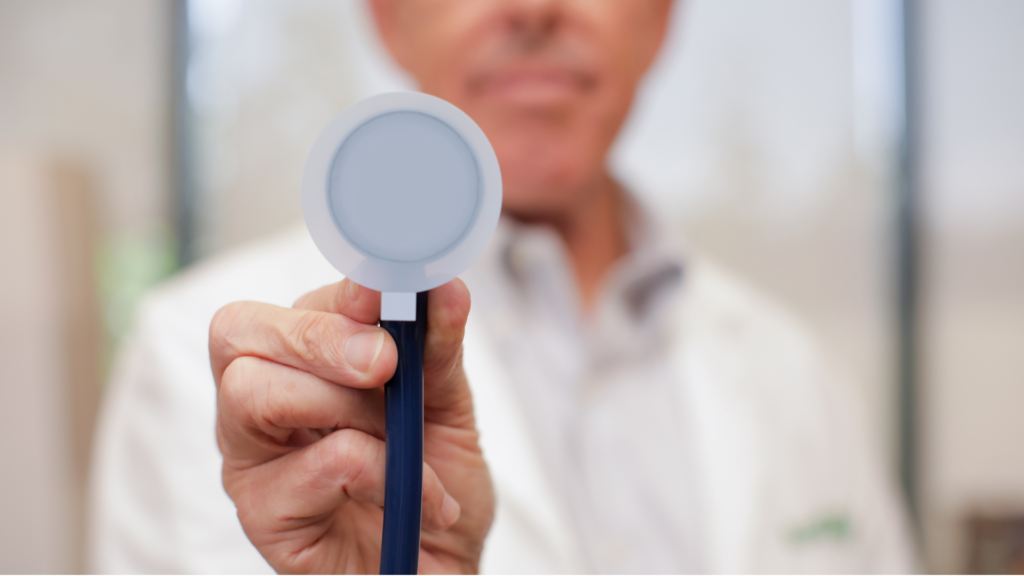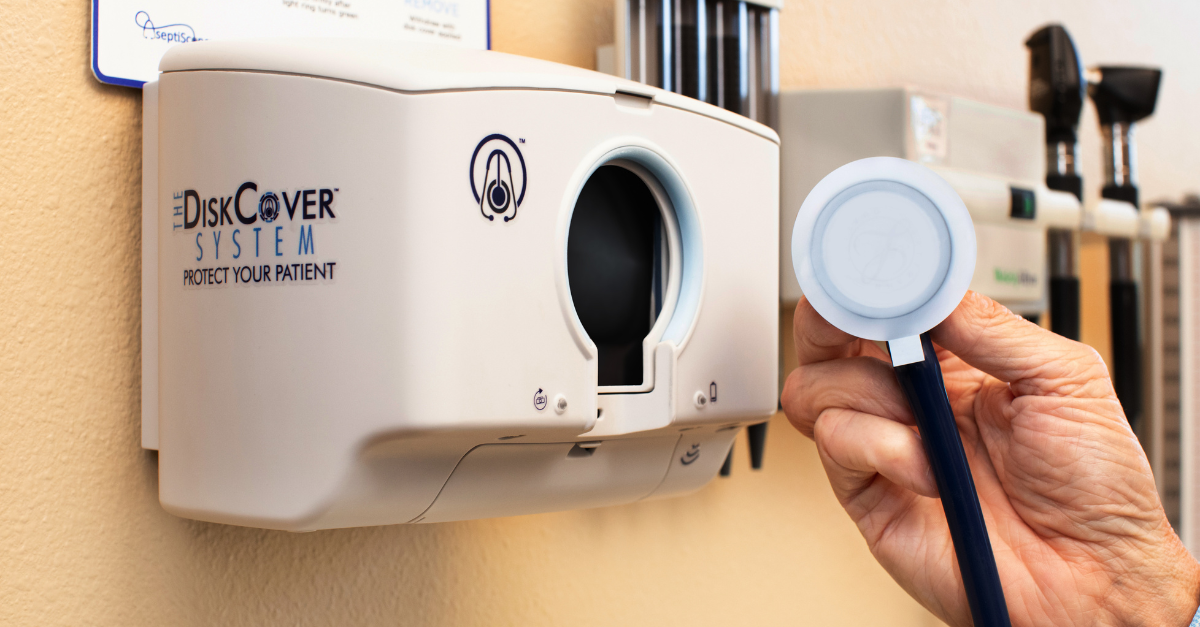AseptiScope® invites individual and institutional investors as well as advisors and analysts, to attend its real-time, interactive presentation on the Emerging Growth Conference.
San Diego, CA, May 2nd, 2024 / Digital Release / — AseptiScope, Infection Prevention for Clinician and Patient (the “Company”) is pleased to announce that it will be giving an update on the Emerging Growth Conference on May 9th, 2024.
The next Emerging Growth Conference is presenting on May 9th, 2024. This live, interactive online event will give existing shareholders and the investment community the opportunity to interact with the Company’s President & CEO, Scott Mader in real time.
To first view the Company’s previous presentations, visit:
Mr. Mader will present an update and may subsequently open the floor for questions. Please submit your questions in advance to Questions@EmergingGrowth.com or ask your questions during the event and Mr. Mader will do his best to get through as many of them as possible.

AseptiScope will be presenting at 2:55 PM Eastern time for 12 minutes.
Please register here to ensure you are able to attend the conference and receive any updates that are released:
https://goto.webcasts.com/starthere.jsp?ei=1658202&tp_key=3a47c30b43&sti=aseptiscope
If attendees are not able to join the event live on the day of the conference, an archived webcast will also be made available on EmergingGrowth.com and on the Emerging Growth YouTube Channel, http://www.YouTube.com/EmergingGrowthConference. We will release a link to that after the event.
About the Emerging Growth Conference
The Emerging Growth conference is an effective way for public companies to present and communicate their new products, services and other major announcements to the investment community from the convenience of their office, in a time efficient manner.
The Conference focus and coverage includes companies in a wide range of growth sectors, with strong management teams, innovative products & services, focused strategy, execution, and the overall potential for long term growth. Its audience includes potentially tens of thousands of Individual and Institutional investors, as well as Investment advisors and analysts.
All sessions will be conducted through video webcasts and will take place in the Eastern time zone.
About AseptiScope, Inc.
AseptiScope, Inc. (www.aseptiscope.com), formed in early 2016, is a privately funded San Diego, California-based, clinical innovation company. The company is founded and led by clinical innovation experts, leading medical researchers and practicing physicians. The AseptiScope mission is to design, develop, manufacture and commercialize novel solutions that offer “Infection Protection for Clinician & Patient.” The company has launched the first true and practical solution for the longstanding challenge of stethoscope contamination: The DiskCover System. Visit www.diskcover.com for more information or https://store.aseptiscope.com to purchase directly.

Disclosure
AseptiScope, DiskCover, and related logos are registered trademarks of AseptiScope, Inc.
Media Contact:
Name: Anthony Pham
Email: apham@aseptiscope.com





